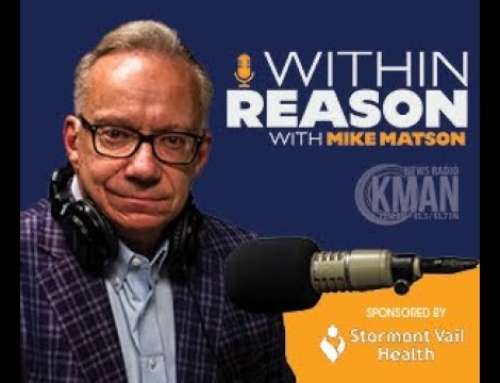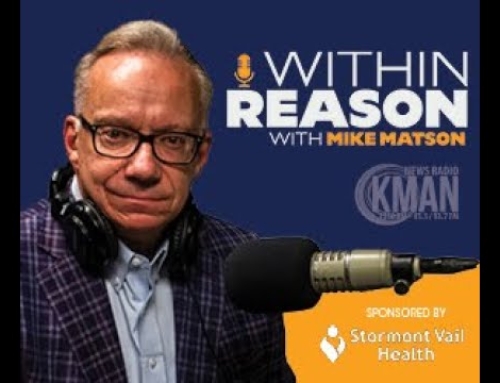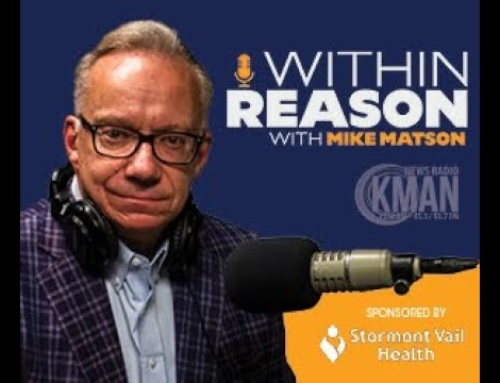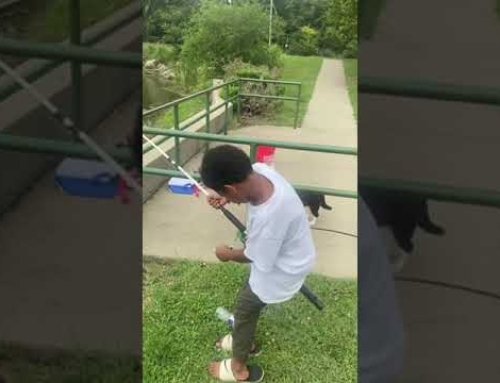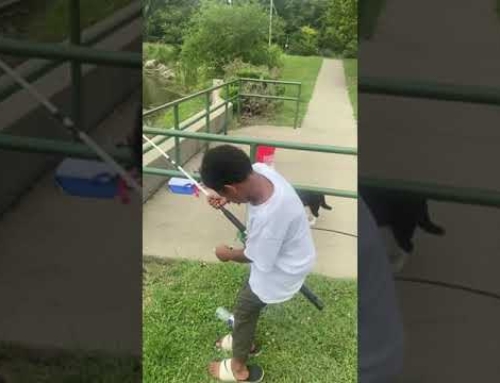

By Emma Loura/Manhattan Mercury
After eight years of requiring Native American education as part of school curriculum, members of the USD 383 Manhattan-Ogden school board feel ready to broaden the topic of diversity to reflect the variety of cultural backgrounds of students in the district.
Teaching and learning executive director Andrea Tiede on Wednesday asked the school board to give feedback about the district’s diversity education, and board member Curt Herrman said he’d like to see students learn about more cultures and people groups.
“It’s about Indigenous students, but it’s not just about the Indigenous students,” Herrman said. “It’s about all students and all minorities, and I’m glad to see there is something, because there are so many cultures and races that we have in our district. I think we focus a lot on Indigenous, and I think we’ve achieved that.”
Board member Karla Hagemeister said she thinks there still should be an assessment of diversity education efforts in the district. According to a spring survey of district teachers, more than 50% of respondents said they feel comfortable facilitating conversations about diversity and inclusion in a way that is developmentally appropriate.
“Where I would like to see us grow is figuring out, of the 50% who don’t feel comfortable, what are the barriers to that?” Hagemeister said. “Is it curriculum? Is it just comfort? Is it fear in current culture? And how do we make sure keeping along with what our standards are that it ties back to KSDE standards? But 50-50 isn’t where I want us to be.”
Tiede said going forward, diversity education should be within everything else schools do rather an a separate subject.
“I think our educators meet the needs of so many of our students and work with all different populations and do amazing things,” Tiede said. “To build that capacity within our educators is certainly a goal for us.”
Superintendent Eric Reid said teachers’ concerns could be the result of factors affecting society at large.
“I think a majority of that 50% is probably fear of political (fallout) or being accused of going too far on those conversations,” Reid said. “It could be student-to-student. A student may say something that makes someone else uncomfortable along the way, and the teacher is held responsible for those things. There’s something with society in general; it’s not just a Manhattan-Ogden question.”
He added that teachers also might be anxious about others’ perceptions of discussing diversity in the classroom or that the conversations might get out of hand.
“That’s where I think we can grow as a society, to be more respectful in those conversations,” Reid said. “I don’t think our teachers want to be pushing one ideology over another ideology, but we do have a spectrum of belief amongst the students and their families and our staff as well, so how do we do that in the most appropriate way?”
Board member Christine Weixelman said she encourages parents to have conversations with their children about these topics and teach their children to ask critical questions.
“Talk to your kids about the conversation that is happening,” Weixelman said. “And then when those things are brought home, ask critical questions. Teach them to ask critical questions. Then your kids start having conversations in the class. It’s a good time for you to take what they discuss, diversity-wise.”
The school board will continue to discuss diversity education in coming meetings.
The post USD 383 hopes to broaden diversity education appeared first on News Radio KMAN.




